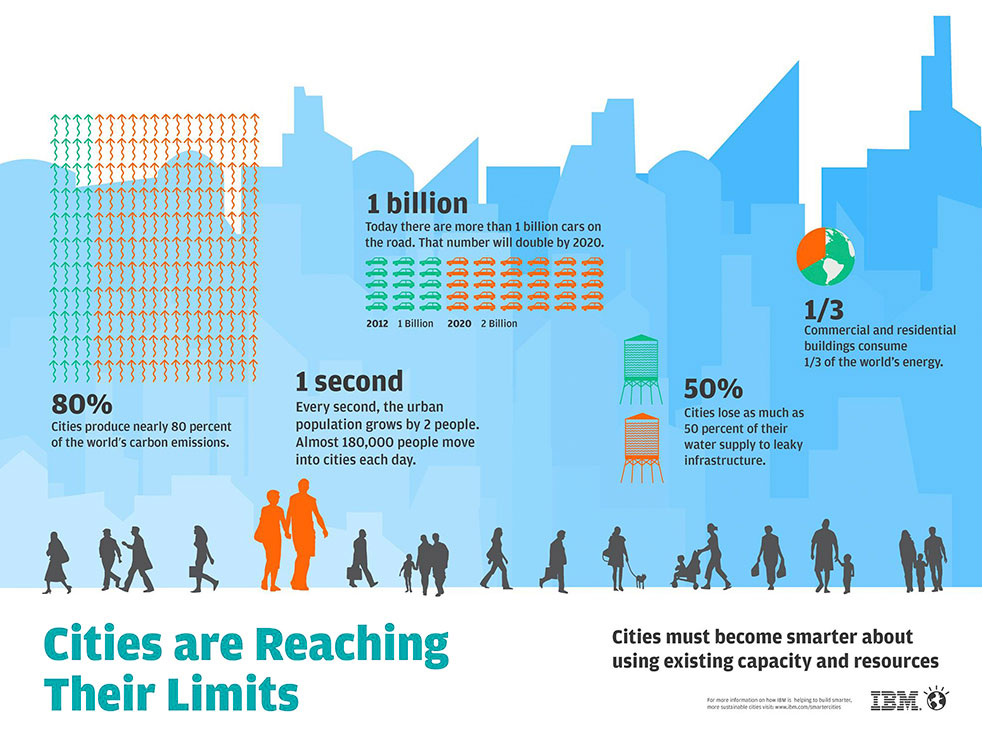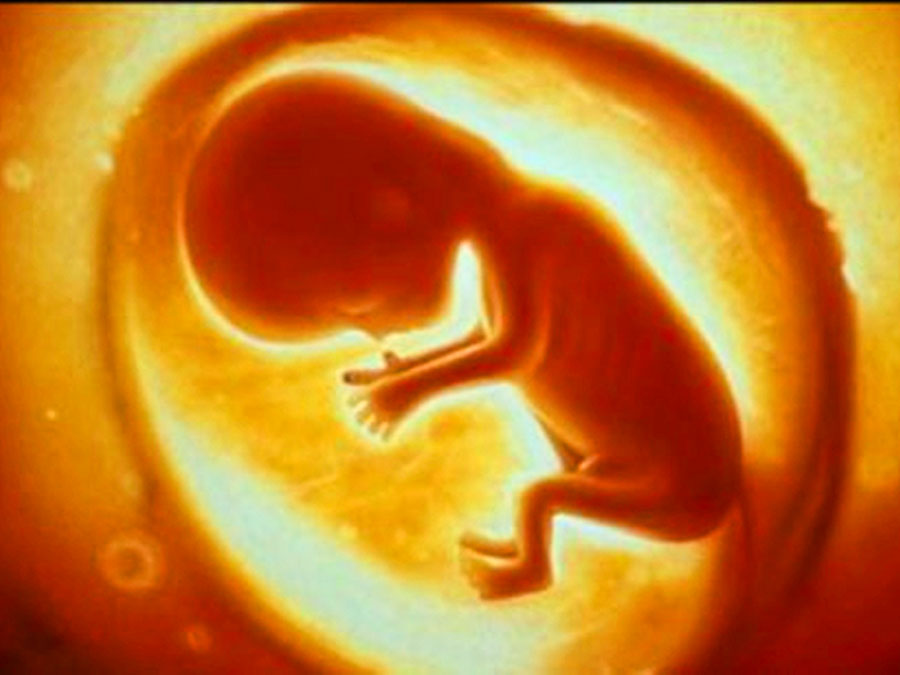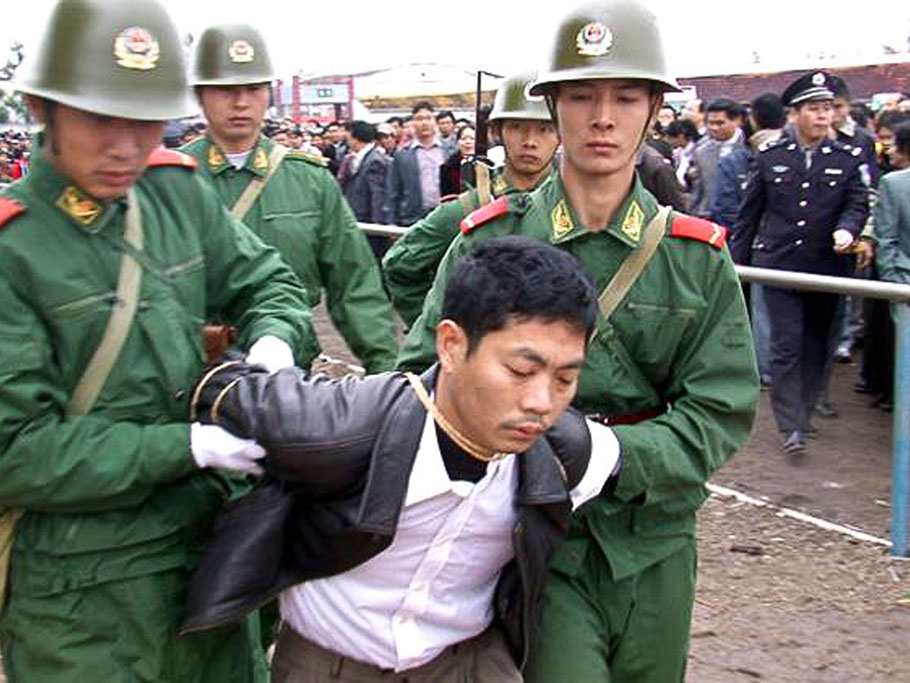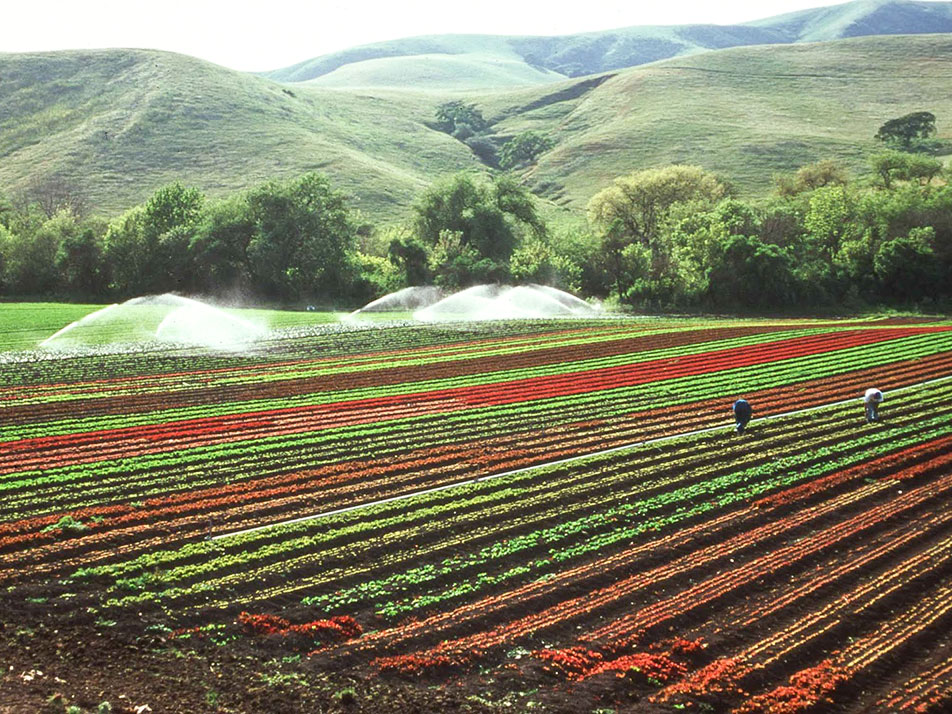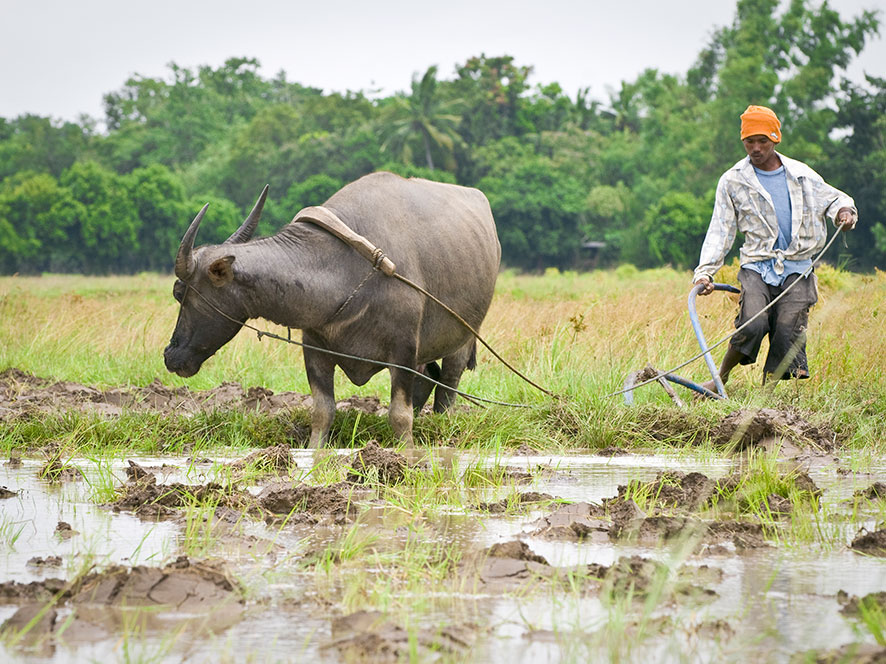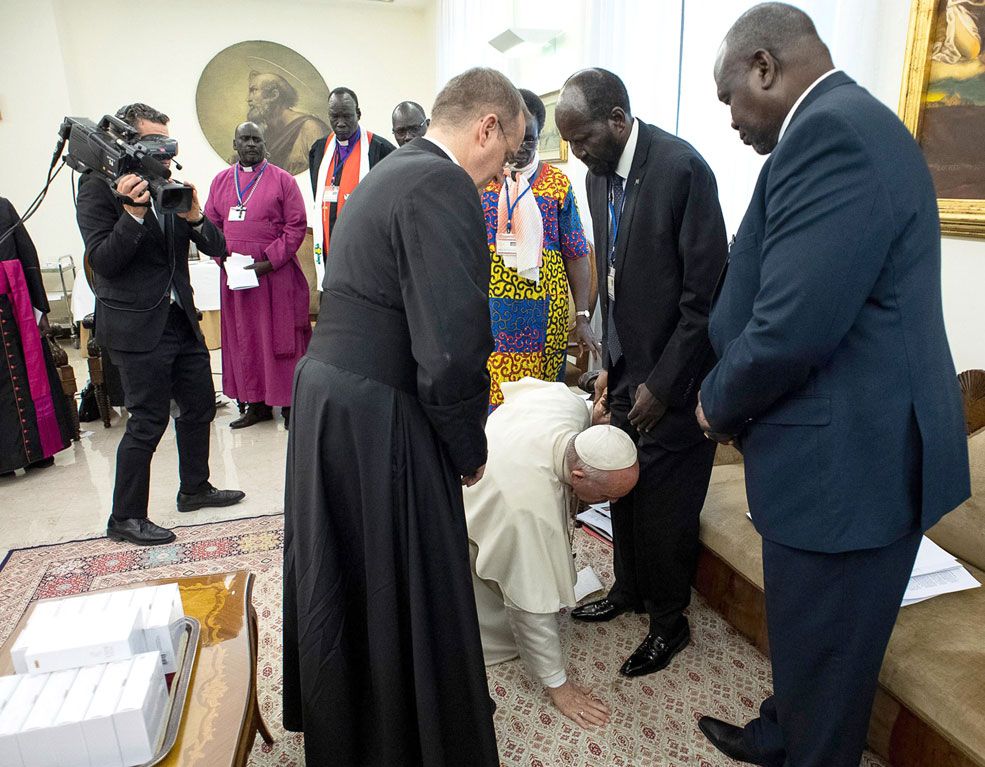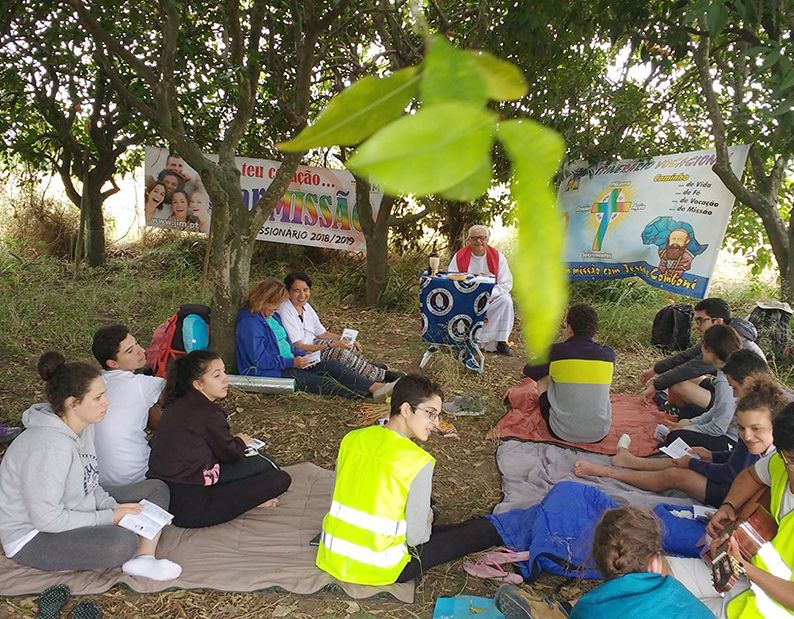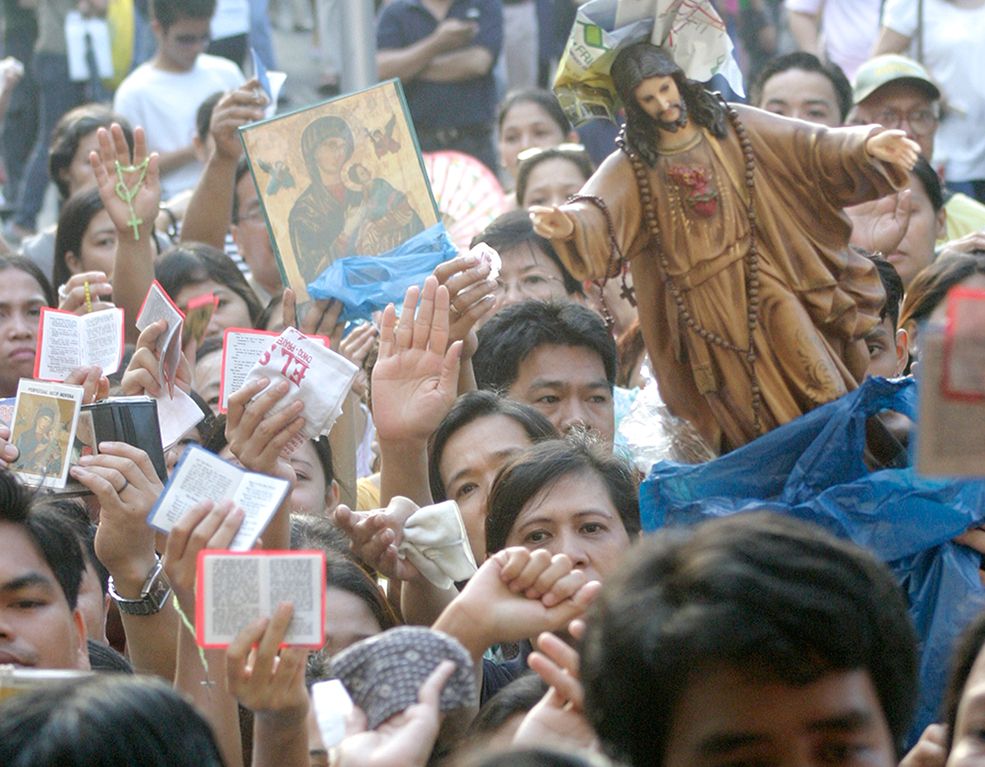Considering the behavior of mankind on Planet Earth today brings us to a fantastic reality. Not in the sense of great fantastic, but rather the sense of “surreal fantasy” fantastic – a very troubling reality. Man is experiencing a fascination verging on obsession with technology. While making our world seem smaller and more intimate, technological advancement is also fueling a false sense of security based on the belief that technology alone is promising “a better future.” The further disconnection between each successive generation and an intimate and personal awareness of nature, “the earth,” is becoming a growing chasm that we ignore at the expense of survival.
THE “NATURAL” MAN
Historic research, oral tradition, and archeology have revealed that the first men who roamed the earth emerged as ‘hunters-gatherers.’ This provides a profound insight of the intimate relationship between man and the earth and (acknowledging that we-are-what-we-eat) a sense of how the first humans were truly men of the earth.
Faith and beliefs, along with traditions, speak of creation. Many creation stories feature spirit animals and floods involved in a transition from a different plane of existence to the current world. The abundance of the earth in its natural form features as the nurturer or ‘mother’ of all living things. Likewise, in many of these traditions, the ‘father’ holds dominion in the spirit world.
Also, in most of these traditions, there is equality among all living things on earth in respect to their relationship with the Creator. Or, in other words, all living things are on earth by right of creation, regardless of the manner of that creation. No argument can be sustained that proposes that any living thing that exists does not ‘belong’ here on earth. Even if you do not believe that all things are created equal, regardless of the path of creation, we can agree that all things are equally ‘created.’
Scientific research has uncovered the elemental building blocks of life on earth. Carbon, oxygen, hydrogen, nitrogen, potassium, phosphorous and a myriad of essential elements in smaller amounts run as threads of continuity throughout living organisms. All life on earth is arguably interconnected with commonality at the cellular and elemental level, if at no other.
There is also a mystery surrounding living things. We may have discovered ‘the what’ of life, and yet remain ignorant of ‘the how’; the spark of life, essence, or soul, which this mystery is sometimes called. Yes, this, too, is believed by many to represent a common thread of the life-force energy connecting all natural things.
We should never reject the idea that people are ‘natural’ beings. We may be distancing ourselves daily from the rest of the natural world yet we are surely a part of it. For the purpose of this discussion, let’s focus on those things that we believe we know.
Early primitive man was often nomadic; in many cases, living in what we would consider harsh environments today. Many forces, not the least of which were the sun, ages of glaciation and the rigors of life, among significant predators such as wolves and other men, incited man to find and establish shelter. Caves were one solution; hide shelters were another. Remaining in a location or place was less energy-consuming than roaming, as long as there were plenty of available sources of food. In some cases where food was in jeopardy of running out seasonally, and the location proved very favorable, agriculture was born; first, intentionally growing plants and then, adding domesticated animals that were held captive and managed as renewable food sources. This abundance of food at hand allowed man time to engage in activities other than subsistence alone.
Man, moving into virtually every habitable environment, finally emerged as the top predator across the planet. This predominance notwithstanding, no one escaped the reality of seasons nor do we to this day. The availability of food, comfort of shelter, and vulnerability to attack were directly tied to these earth rhythms. To a great extent, this is still the case today, although the ‘predators’ mostly manifest as diseases and, tragically, other humans.
Life on earth has emerged and flourished in concert with the seasons long before the ascent of man. Life cycles of almost all living things can be seen as expressions of the seasons of the earth.
The earth appears to remain, within all environments in which man lives, a constant. This is true only because of our brief life spans in comparison to the life of the earth. In the face of geologic time, we have existed only briefly. The earth is indeed a marvelously dynamic and complex symphony of physical systems from which all life has emerged. The human adaptations in response to this dynamism are as diverse as imagination and technology can furnish, speaking, of course, of the level of human development and the resulting technological advancement at any given point in history (e.g. a cave=> a hide shelter=> a hut=> a house=> a tenement=> a castle=> a condo in a skyscraper. And what next?)
MAN’S PARTNERSHIP WITH NATURE
It is really of great value, when considering civilizations today, to recognize that prior to the industrial revolution, most societies were living within the systems of nature. Many had largely developed their technologies and concepts around the idea of the earth or natural elements as deities or spirits. Most of these cultures, as study has revealed, had imputed religious significance to the land, plants, animals and heavens.
From the first man to the man of today, all of mankind is reliant upon access to fresh water for survival. It is possible to survive for up to three weeks without food and only about three days without water. So, a good source of water in a protected location was desirable. In fact, it still is. Looking at the great centers of civilization, one of the commonalities is that most were established at the intersection of or near great rivers. Initially, this solved the problems of fresh water. Those rivers also probably washed away waste, and offered protection from predation or attack. In likewise fashion, that water may have been used in dry times to water food crops grown to sustain populations. [Unfortunately, another commonality of the fresh water in those same places today is that they are polluted to the extent that some are not drinkable even with treatment, a problem that technology cannot solve.]
Travel was undertaken, either during migration or along trade routes. Even with the invention and use of the wheel, most people walked to their destinations. Seafaring populations relied on intimate knowledge of the oceans and currents and seasonality to travel and fish for sustenance. Nomadic cultures generally moved following natural cycles that were centered around the availability of food. Non-transient cultures relied largely upon food preservation within the local natural cycles. This was relegated to smoking, drying, salting, pickling, or fermenting of fresh ingredients to preserve them for later consumption. The production of winter stores was always traditionally a community event. Many of the festivals which mankind has celebrated life and death with are centered around the seasons.
Early man had developed predominantly ‘festival’-based cultures. In short, depending upon their level in society, people worked at their lives with very little expectation of regular leisure. The ever-present urgency was to work to provide for times of scarcity and to ensure survival. They engaged in celebrations to acknowledge death before the onset of winter, and celebrations to acknowledge life and survival with the coming of each new spring; festivals that celebrated natural cycles.
The counting of time was not based on a human-established means as well. The coming of day along with the movement of the moon, stars and sun indicated the passage of time. An awareness of the skies and all the marvels within them were an ever-present companion to early man.
Seasons were tied to the heavenly bodies and the stage of growth of the plants surrounding these early people. It can be said with certainty that each individual had a personal relationship with the earth, sky and the living world around them. The rigors of living demanded attentiveness to the realities of life on earth.
THE “CHANGED MAN”
Unfortunately, that is no longer true for a growing percentage of the population. Of even greater concern is that each successive generation stands separated further from the earth by the entirely man-made pseudo-foundation of technology. This pseudo-foundation is predicated upon man’s “dominion” over the earth.
“The self-organizing principles of markets that have emerged in human cultures over the past 10,000 years inherently conflict with the self-organizing principles of ecosystems that have evolved over the past 3.5 billion years. The dynamics of ecosystems, within which all human activity takes place, follow the laws of biology, not those of human-created economic systems,” according to Carl N. McDaniel.
We live in a world mostly supported by the consumption of fossil fuels that is the foundation of most of our technology. Fossil fuel exploitation has supported the rapid growth of population. Concurrently with improved medical skills, cheap transportation and a surge in manufacturing productivity, the reliance upon the industrial chemical complex has coopted agriculture as well. This has been accompanied by exploding demands for cheap energy across the globe. Unfortunately, this has gone hand in hand with significant environmental degradation.
How do we live in today’s world? We rise at the sound of an alarm. Why? Because we need to arrive at a place of work at an arranged and specific time. Of course, that time is based upon a regimented method of measuring each day. Yes, the 24-hour day is based on astronomical cycles of the earth’s rotation that segregates the day into 24 mostly equal segments called hours. Fewer and fewer people understand that this cycle is what we use to define time. Our statement of ‘time’ does not define the cycle.
Previously, man rose when he woke, either with the sun or dawn, driven by a need to meet the demands of life wherever he was. The need to produce something of value, either for sale or personal use, was the motive; survival, the context. After millennia of living in this simple and completely connected way, the rise of technology-based society has altered that relationship almost beyond recognition.
Enter the factory or trade owner who needs regular workers committed to regular hours to produce a predictable output for commercial gain. The imposition of time as a measure of work day rather than the constraints of the day itself, drove more attention to the task and began to move away from attention to day itself. After we complete our day’s work, we return home. The completion of the work day, most often, is not determined by the stage of work but again by the clock. While there are many trades where the clock does not explicitly rule the day, the vast majority of people work a day measured in hours and minutes rather than by sunrise or sunset. There are many reasons why a clock is not the best measure of a day for everyone.
Take, for instance, early agrarian societies. When it was dark outside, work day was over. Nighttime predators emerged and flocks needed to be closed in for security. Lamps were only marginally suitable to working late outdoors. Of course, during harvest season, working in the cool of night under a bright, full or mostly full moon, was often the best choice.
The short season of light is the winter time. After a long growing season, the workers are weary. The resting time, represented by winter, was both natural and welcome. The festivals marking the coming of winter and end of summer were traditionally harvest festivals. Winter was mostly a time to stay warm, indoors, and sleep long nights; in essence, to survive. In traditional local societies, that was the time to spend in storytelling, transforming raw materials into fabric or craft work, and teaching children what else they might learn away from the fields or other farm work. Also, where life demanded constant attention, this time was used for mending and making new tools and materials to prepare for the coming year.
THE “MODERN MAN”
As society developed up to and through the Renaissance and then into the Industrial Revolution, the creation of craft guilds based upon unique skill sets became more pronounced. Similar sequences of events have been observed across all societies where technological advancement surged. The opportunities to specialize and derive a ‘better living’ from plying a specific skill set continued to increase. At the same time, cities continued to grow.
Along with the advancement and growth of technology, embodied in the Industrial Revolution, came a resulting evolution in working class specificity. Each job category became more and more specialized. The work became more demanding and the skills needed to perfect the work became more and more specialized. The advent of mass production and automated production-line technology again escalated the demand for highly specific labor. The perception of opportunity, as well as real opportunities represented in the job markets in cities, were magnets that drew countless people. People began to become more attentive to time of day based upon the relation of that time with their work cycles than earth cycles. This sequence of events has only just happened. That seemed long ago (1800’s), yet in the history of humanity, it represents only a moment on the time line.
Electricity, in the early stages of development was not widespread. Refrigeration, lighting, communications, automotive technology and food processing technologies in the 1900’s changed the world forever. Certainly, there are many other technological advances that have driven world change. Another feature of the Industrial Revolution is that the pace of discovery, development and implementation has escalated to almost fever pitch when considering communication technology advancement today. And then there were world wars.
The huge movement of people and drive to advance technology, as the tool to gain victory, established a new attention and thinking. The urge for dominion of man-over-man shifted somewhat to a drive for dominion over environment for economic gain on a scale never seen before.
During this urbanization period, in densely populated major cities, many people lived in group-housing or tenement apartments and did not tend home gardens. Even so, most people needed to cook their own meals from scratch. That ensured a seasonal awareness of available food. Today, man is able to eat what he wants when he wants. This availability of ‘cuisine on demand’ has afforded great distance from the earth and seasonality.
When one considers that many people spend their days moving between home and car and work back to car and home, it is not surprising that nature, as a presence, fades into obscurity. Unfortunately, the children of today are more likely to have a romantic or suspicious, detached and unrealistic perspective of the realities of man’s connection to nature than not. Because of the seeming success of technology in the recent advancement of food preservation and production and the obscene energy waste of a global food economy, we are moving ever more distant from any semblance of natural sustenance. The materials we live in and on are man-made; few are natural. We see the world on a screen and less in person.
THE “CONCRETE MAN”
The most striking personal observation of adaptability of man in this context that comes to mind immediately is not a recollection from the native peoples I have met anywhere in the world, but from a New York City native. He and his family are really very wonderful folks. They would visit a neighbor of my farm periodically to “go to the country to see Gram-ma.” Every now and then, I would encounter “mom and the boys” exploring our dirt road, but never him. I asked once if he was ill to which “mom” responded: “He’s really uncomfortable here because there isn’t enough concrete.” “Excuse me??” I said. “He grew up in Manhattan and is just really uncomfortable outside here because there isn’t enough concrete. Walking on soft earth or grass makes him really uncomfortable if there isn’t enough concrete around,” ‘mom’ said. You might understand why I was speechless.
For a grown person to have been so distant from the land, in their life experience, as to feel “really uncomfortable” by the simple physical contact with the earth in the absence of the security of concrete is, to me, amazing.
When you consider the myriad of environments into which man has explored, taken up residence, developed to man’s best perceived use, and persisted in survival and even thrived, there is none more foreign than a major urban center such as New York City. While heralded as one of man’s greatest cities and achievements, it is also indicative of man’s greatest dysfunction as a living member of the community of life on earth. These metropolis cities are indeed, man- made deserts.
Add to that the recent infatuation with electronic technology and you have a less dramatic and more insidious motive to disconnect. By mere observation, it can be said that people are becoming more disconnected from everything they encounter. Simply the act of being ‘plugged-in” renders people distant, even from someone they are standing next to. How easy it is to be engaged in individual issues around the world and yet ignore that which is right in front of you! How easy it is to seduce people to believe that what is presented in this technology is the whole truth and more valid than the survival knowledge of millennia!
So, is the idea that mankind has a predisposition to embrace new things simply an acknowledgment that we can’t resist fascination with the next new shiny object? Have we, as parents, in our efforts to improve on the opportunities that our children have in life, failed to instill a necessary and fundamental love of and intimacy with the earth? The idea that we can solve all our problems with new technology completely ignores the very old and wise saying: “An ounce of prevention is worth a pound of cure.” Even at such a fortunate exchange, will we overbalance to our peril before we show the wisdom to learn what is written in nature’s laws? It is very easy to become engaged in curing symptoms. It requires wisdom, maturity, and discipline to address the root causes.




